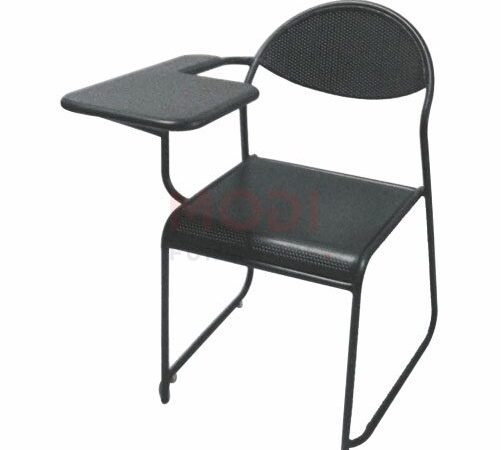Intraday Trading Guide for Beginners

Online trading requires you to make calculated moves, the ability to know how to look at the market with the eyes of a hawk and make difficult decisions to buy and sell commodities at the right time. If you are a beginner and want to start Intraday trading, we have prepared some Intraday tips and commodity tips for you to use to your advantage.
Introduction to intraday trading
By the term “Intraday”, it refers to the business that is carried out by an individual within the trading day.
Intraday commodity trading consists of scouting assets that can go up or down. If a share is likely to rise, a trader buys at a low price level and sells to a high one. On the other hand, if a claim is expected to fall in price, a trader tends to sell in the open (Short order), which means selling when the price is high and buying when this is low. Intraday trading requires a keen sense of how the market might behave in the concise term and act accordingly.
How does intraday trading differ from classic trading?
One of the main differences between intraday trading and regular trading is time. In intraday, the trader is required to close the position the same day before the market completes, regardless of profit or loss. In classic trading, the trader can choose to keep the place open for an even longer time than a day and in any case, there is no time limit for closing the trade.
Come in and out at the right time.
The great idea is to trade following an intraday trend. This offers the potential for low-risk entry points while providing high earning potential if the trend continues.
To identify when to go out, you can look at two conditions; the first is when you reached the target, the second is when you have reached the maximum loss limit below which you do not want to go (stop loss).
Always have a stop loss level set.
Having a stop-loss set is one of the basic rules of intraday trading. Stop loss is the exit level and capital protection tool if your trend or expectations don’t come true. On the other hand, if the forecasts were correct, you should have set several price targets to profit from the operation.
The historical yield factor
We all believe that ‘history repeats itself’. Although this cannot be said with a 100% certainty, financial markets usually follow their historical path. Therefore, the aim should be to find a strategy that preserves capital and at the same time, offers returns to controlled risk.
You can choose to start trading after analyzing the trend of a specific asset and understanding its characteristics. Remember to select the liquid asset with a high average daily volume that will ensure numerous opportunities.
Don’t be impulsive
Traders often feel discouraged if their trading strategy doesn’t work as expected. Beginners should use historical analysis to find opportunities and build simple trading strategies.
Before entering the market, a trader should have a well-defined profit level and stop loss and should not let impulsive nature control the business. If you’ve come up with an entry and exit strategy that best aligns with your needs, don’t change it impulsively. Successful commodity trading requires a strong ability to control one’s emotions.
Start small
Some good exchanges could increase your confidence, and if that happens, don’t let your healthy ego drag you. Don’t be aggressive with your early-stage operations; focus on up to 1-2 commodity to get started. Over time, the volume and size of the procedure should be increased.
Starting small will allow you to make smaller mistakes and increase your familiarity with how the market works to make the same mistakes twice. Gradually increase the volume of trades as your experience and risk appetite increase.
Keep calm
Since intraday trading requires you to be hyper-vigilant in the market, it certainly brings with it anxiety. However, don’t let emotions get the better of you. Decisions should be based on logic and a set strategy.
Alternatives to intraday trading
As mentioned above, intraday trading is very profitable but carries a high degree of risk.
The most common alternative to intraday trading is Swing trading. Swing trading is the trading technique that allows you to open a position on an individual market, short or long, and close it from there in a few days, capturing the sentiment that governs the price trend and the consequent fluctuation of expected prices.




